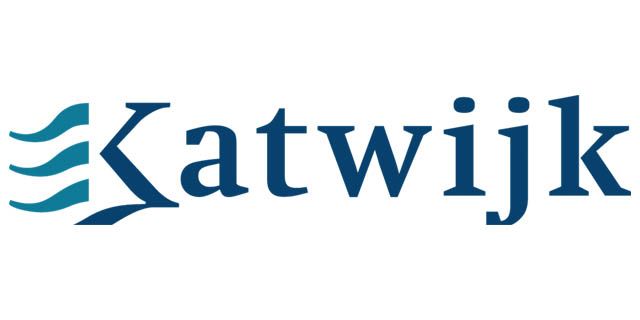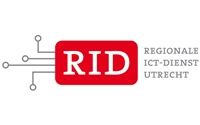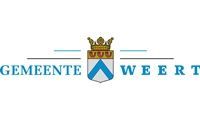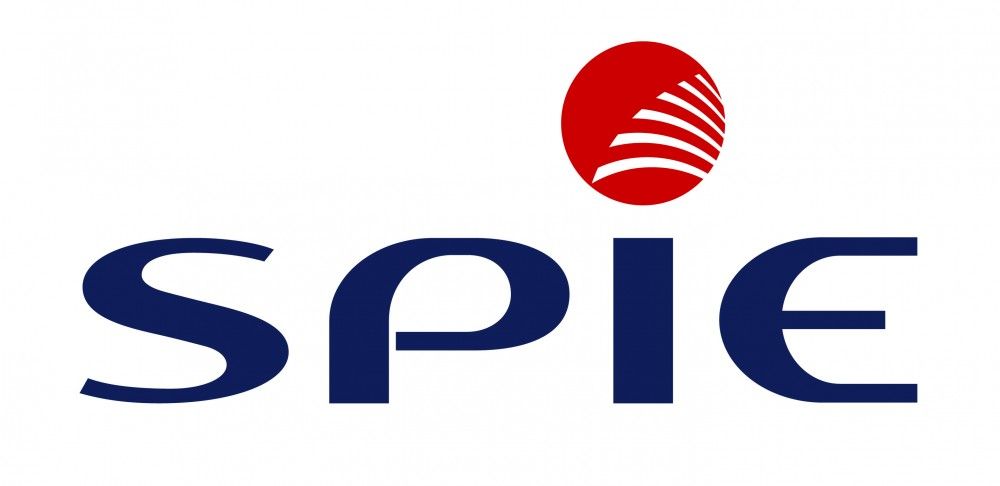This 5 day course is designed to provide professionals working with medium to large networks with the skills and knowledge required to incorporate advanced routing concepts when implementing scalability for Cisco routers that are connected to LANs and WANs. Delegates will be able to dramatically increase the number of routers and sites using these techniques instead of redesigning the network when additional sites or wiring configurations are added.Labs are an important feature of this course with 2 different types of labs being used to aid learning, discovery labs are instructor guided labs through which students explore new topics in an interactive way, the challenge Labs are designed to test students understanding of the topics being taught and to provide vital hands-on practice.
Voorkennis
Attendees should meet the following prerequisites:
- ICND1 – Interconnecting Cisco Network Devices Part 1
- ICND2 – Interconnecting Cisco Network Devices Part 2Or
- CCNABC – Cisco CCNA Certification Fast Track Programme
Practical experience in installing, operating and maintaining Cisco routers & switches in an enterprise environment is recommended.
{tab Cursusinhoud|closed}
Basic Network and Routing Concepts
- Differentiating Routing Protocols
- Understanding Network Technologies
- Connecting Remote Locations with the Headquarters
- Implementing RIPng
EIGRP Implementation
- Establishing EIGRP Neighbor Relationships
- Building the EIGRP Topology Table
- Optimizing EIGRP Behavior
- Configuring EIGRP for IPv6
- Discovering Named EIGRP Configuration
OSPF Implementation
- Establishing OSPF Neighbor Relationship
- Building the Link State Database
- Optimizing OSPF Behavior
- Configuring OSPFv3
Configuration of Redistribution
- Implementing Basic Routing Protocol Redistribution
- Manipulating Redistribution Using Route Filtering
Path Control Implementation
- Using Cisco Express Forwarding Switching
- Implementing Path Control
Enterprise Internet Connectivity
- Planning Enterprise Internet Connectivity
- Establishing Single-Homed IPv4 Internet Connectivity
- Establishing Single-Homed IPv6 Internet Connectivity
- Improving Resilience of Internet Connectivity
- Considering Advantages of Using BGP
- Implementing Basic BGP Operations
- Using BGP Attributes and Path Selection Process
- Controlling BGP Routing Updates
- Implementing BGP for IPv6 Internet Connectivity
Routers and Routing Protocol Hardening
- Securing Cisco Routers
- Describing Routing Protocol Authentication Options
- Configuring EIGRP Authentication
- Configuring OSPF Authentication
- Configuring BGP Authentication
Challenge Labs
- Lab 1: Configure RIPng
- Lab 2: Configure EIGRP
- Lab 3: Configure and Optimize EIGRP for IPv6
- Lab 4: Implement EIGRP for IPv4 and IPv6 Through Named Configuration
- Lab 5: Configure OSPF
- Lab 6: Optimize OSPF
- Lab 7: Configure OSPFv3
- Lab 8: Implement Redistribution Using Route Filtering
- Lab 9: Implement Path Control
- Lab 10: Configuring BGP
- Lab 11: Configure Authentication for EIGRP Routes
- Lab 12: Configure BGP Authentication
- Lab 6-1: Configure BGP Operations
- Lab 6-2: Manipulate EBGP Path selections
{tab Doelstellingen}
After you complete this course you will be able to:
- Describe routing protocols, different remote connectivity options. and their impact on routing and implement RIPng
- Configure EIGRP in IPv4 and IPv6 environment
- Configure OSPF in IPv4 and IPv6 environment
- Implement route redistribution using filtering mechanisms
- Implement path control using policy based routing and IP SLA
- Implement enterprise Internet connectivity
- Secure Cisco routers according to best practices and configure authentication for routing protocols
{tab Doelgroep}
This course is intended for Network professionals who want to correctly implement routing based solutions within a given network design, using Cisco IOS services and features, where implementation includes planning, configuring and verification.
{tab Certificering}
Recommended preparation for exam(s):
- 300-101 ROUTE – Implementing Cisco IP Routing
This exam is required for those delegates wishing to achieve either the Cisco Certified Network Professional for Routing and Switching or the Cisco Certified Design Professional Certifications
{tab Vervolgcursussen}
The following courses are recommended for further study:
- SWITCH – Implementing Cisco Switched Networks
- TSHOOT – Troubleshooting and Maintaining Cisco IP Networks
- ARCH – Designing Cisco Network Architectures
- QOS – Implementing Cisco Quality of Service
- BGP – Configuring BGP on Cisco Routers
- MPLS – Implementing Cisco MPLS
{/tabs}
Excel Training Volgen?
Benieuwd naar de mogelijkheden van een Excel training? Vraag vrijblijvend meer informatie aan en we sturen je binnen 24 uur meer informatie op!


























